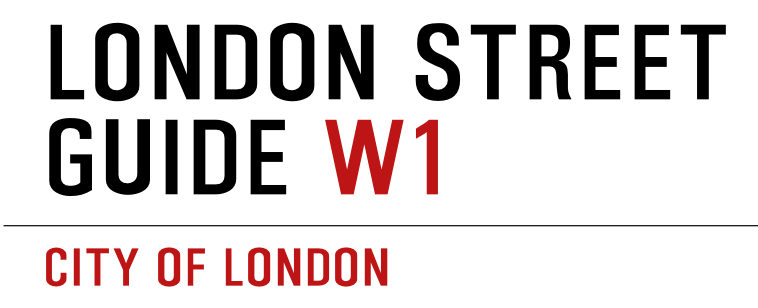Place Name
Huntingdon, the county town of Huntingdonshire, was founded by the Anglo-Saxons in the 9thCentury as a river crossing and defence point against Viking raids. Its strategic location on the River Great Ouse enabled trade and commerce, helping it thrive in medieval times. Huntingdon is famously the birthplace of Oliver Cromwell, leader of the Parliamentarian forces in the English Civil War, whose family lived in the area for generations. In the 12thCentury, the town gained a priory and became a notable religious centre, drawing pilgrims. Over centuries, its market and coaching inns served travellers and merchants on the London to York route. The origins of the name are uncertain but one suggestion is that it is possibly Anglo-Saxon ton meaning a hamlet that was grouped around a hunting lodge in a forest. As for this street name, at the start of the 20thCentury this area still formed part of Newbarns Farm although it was later used as a golf course. It remained that way until shortly after the Second World War when demand for housing from the newly demobbed men and their families far outstripped supply. At first accommodation consisted of dozens of pre-fabricated Arcon bungalows hastily erected around Pollards Hill but from the 1950s a more permanent solution was sought. Merton Council’s archive explains: “In the 1950s the Council built six-storey maisonette blocks, starting with Westmorland Square and finishing the final block in Bovington Square in 1956. By the standards of the day, the much needed housing was built in record time and Mitcham Council could boast a house-building programme which exceeded that of any other Surrey Council.” But even this wasn’t enough to meet future demand. Following the post-war population boom much more housing was needed by the mid-1960s and so the Pollards Hill Housing Estate was laid out and built between 1968 and 1971. It was a high density scheme that included various areas of green space in the form of private gardens, partly enclosed squares, and a public park, Donnelly Green, named after Mitcham’s Head of Parks. Taking its cue from those original post-war buildings, the streets were named after counties and county towns in England and Wales. This street is in the alphabetically arranged section of the estate to the north of South Lodge Drive, which was described by architectural historian Niklaus Pevsner as consisting of “three-storey blocks of houses and flats in an ingenious rectilinear Greek-key meander”.
![]()
